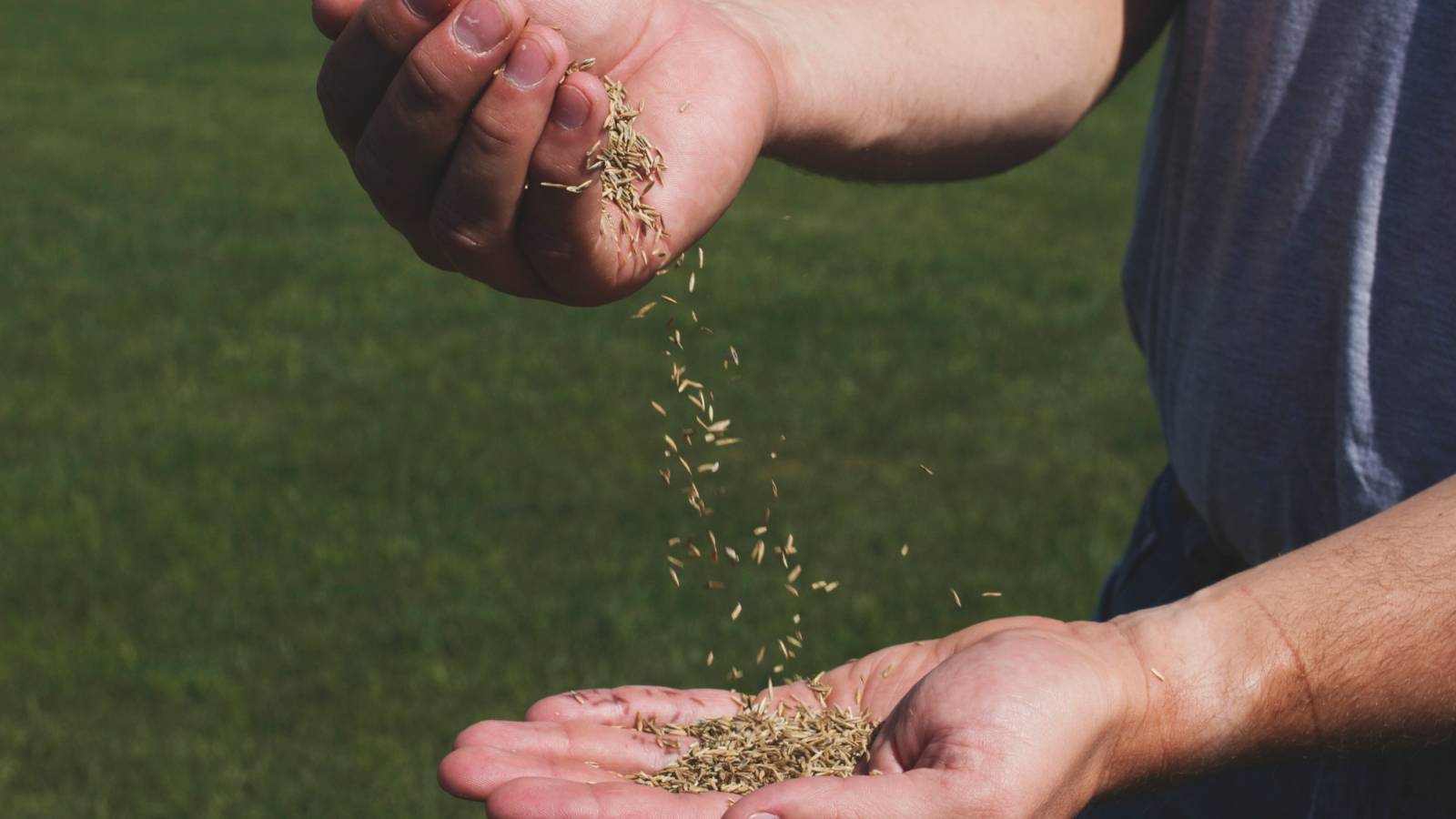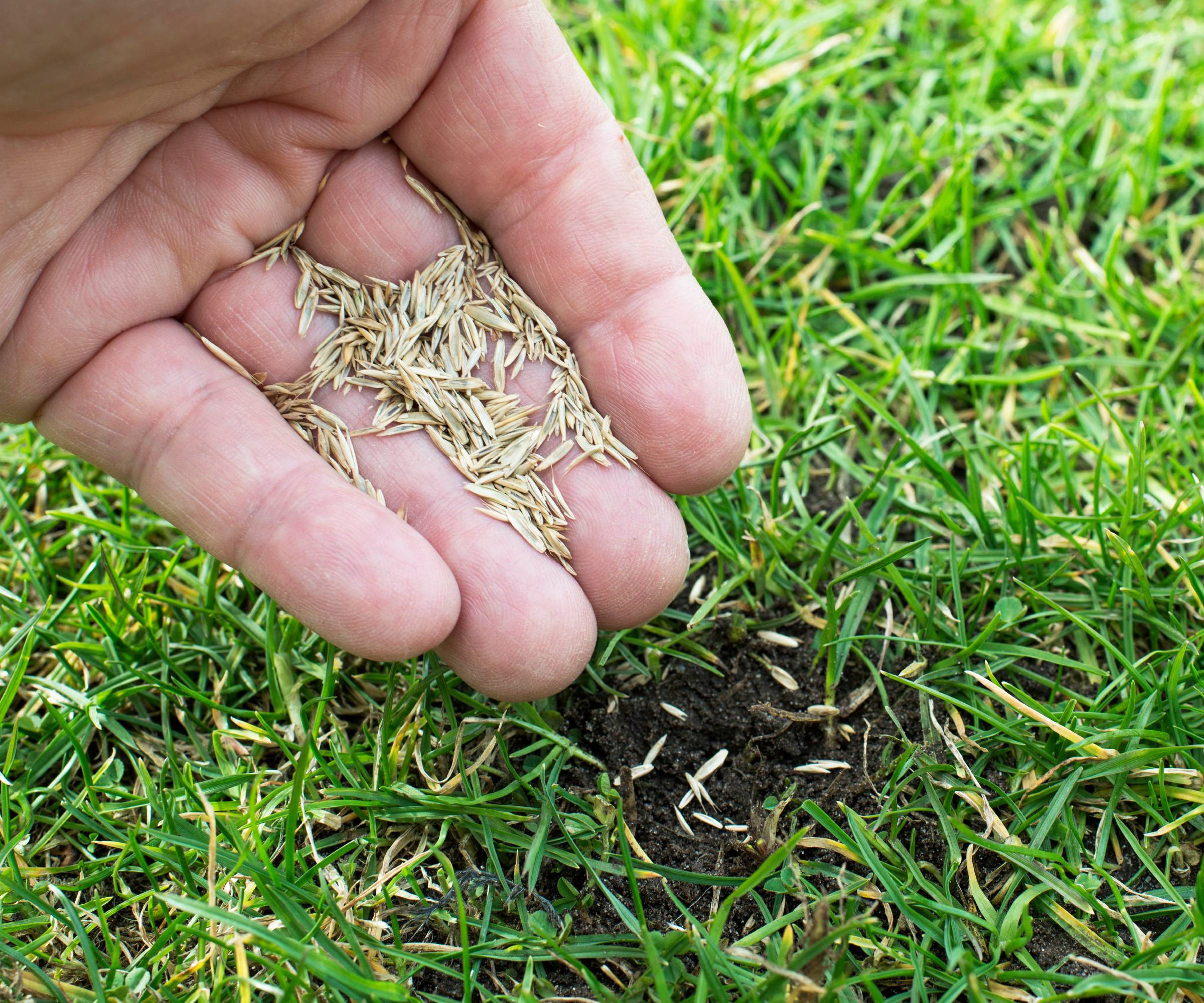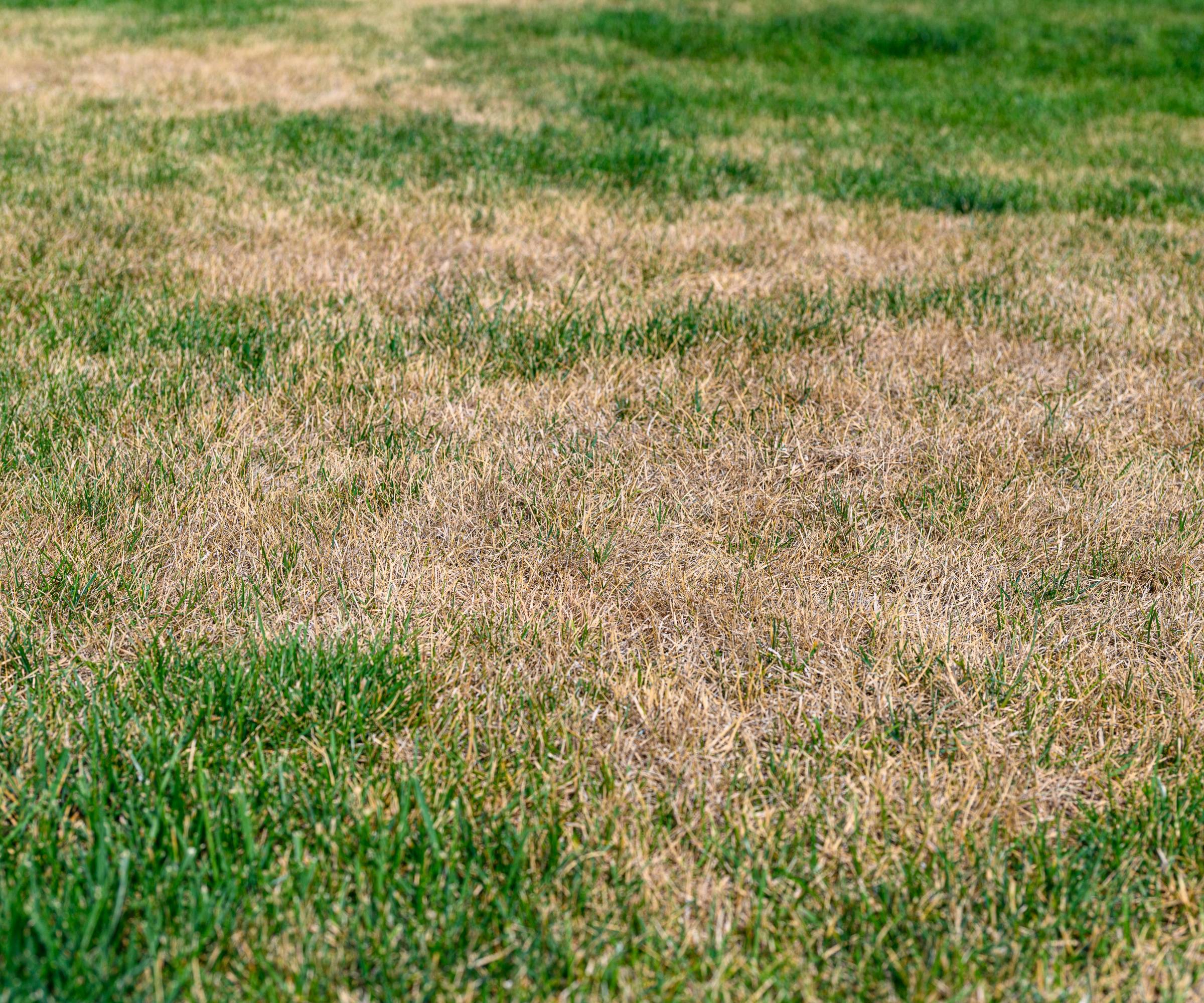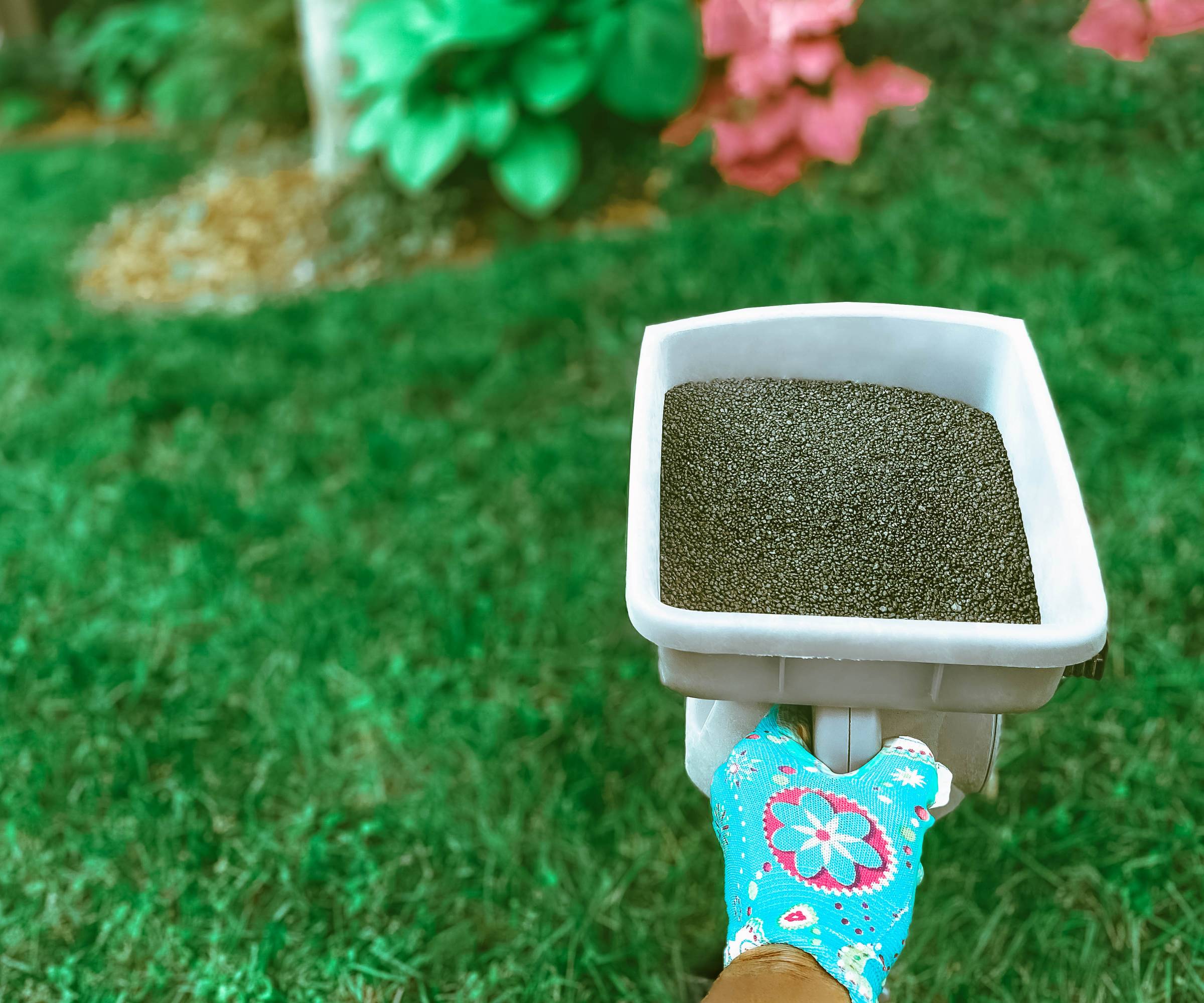Overseeding - The Simple Lawn Care Trick That Actually Works
Patchy lawn got you down? Overseeding can fix it up. Learn when, how, and what grass to use for a yard that looks good all year.


Lawn overseeding is kind of like topping off your coffee when it’s gone cold. You’re not dumping the whole cup out - you’re just freshening it up.
The same goes for your yard. Instead of tearing everything up and starting over, you're adding grass seed to what’s already there. The new blades fill in the scraggly spots, and suddenly the whole lawn looks alive again. It’s an easy trick for anyone who wants their yard to look sharp without spending weeks (and way too much money) on a full redo. If your grass has seen better days, this is the quickest way to wake it up.
It’s not just dumping seed and walking away, though. Timing matters. So does prep. And don’t skip the follow-up, or you’re wasting your effort.
What is Overseeding?
Overseeding’s just what it sounds like. It's when you spread new grass seed over your existing lawn. This DIY lawn care method is perfect for fixing bare patches. It helps by beefing up thin spots, or making the whole thing tougher against weeds and bugs. Unlike starting a lawn from scratch, you’re working with what you’ve got, which saves time and cash.
You can also sneak in some new grass types to make your lawn tougher. If your yard’s frying in the sun, you could overseed with something drought-hardy. It’s a cheap trick to get a better lawn without tearing everything up.
How to Overseed: Step by Step

- Mow and tidy – Cut the grass short, then sweep or blow away the clippings.
- Aerate – Punch holes in the soil so seed can sink in and grab hold.
- Pick seed – Choose a blend that actually matches your yard and climate.
- Spread it – Walk the spreader across the lawn. About 5–10 pounds per 1,000 square feet usually does it.
- Rake it in – Pull a rake lightly over the surface so seed touches soil.
- Water – Give it a gentle sprinkle. Keep the ground damp but don’t drown it.
- Fertilize – Finish with a starter fertilizer. Pennington’s seed starter works, but any decent brand is fine.
Why Bother with Overseeding?

A thicker lawn’s a healthier lawn. Overseeding will fill in gaps, so weeds don’t stand a chance. It also makes your yard tougher against pests and diseases, which is much like bulking up your lawn’s immune system. Plus, it just looks better. No more patchy, sad grass. You can get that lush, green carpet vibe.
It’s also a chance to tweak your lawn for your climate. Mixing in grass that loves your area’s weather can cut down on maintenance. This means less need for chemical sprays when your lawn’s strong enough to fight its own battles.
Sign up for the Gardening Know How newsletter today and receive a free copy of our e-book "How to Grow Delicious Tomatoes".
When to Overseed a Lawn
Timing’s everything with lawn overseeding. Get it wrong, and it can mean that your seeds are toast. For cool-season grasses like fescue or bluegrass, early fall is your sweet spot. For most people, this will be late August to early October. Cooler air, wetter soil - happy seeds. Spring works too, say April to early June, but summer’s too hot for baby grass.
If you’ve got warm-season grass like Bermuda or Zoysia, aim for late spring or early summer when the soil’s warm. Think May or June.
Check your local weather. Rainy spells are great, but if it’s dry, you’ll need to water your lawn like it’s your job. Skip overseeding in scorching heat or freezing cold. It's likely that the seeds won’t make it.
Picking the Best Grass for Overseeding

Choosing grass seed isn’t rocket science, but it’s got to match your yard. Live up north? I’d say to go for cool-season grasses like tall fescue or ryegrass. Down south? You might try Bermuda or centipede. Something like Scotts Turf Builder Grass Seed from Amazon usually does the trick.
Stick close to what’s already in your lawn for a clean look. Or you can try to mix in something tougher if your yard gets beat up. High-traffic spot? Kentucky bluegrass can take a hit. Shady yard? Grab a shade-tolerant blend. Buy good seed from a solid brand. Cheap stuff is always a gamble with lousy germination.
Getting Your Lawn Ready
Preparation is where all the magic happens. Mow your lawn short, around 1.5 to 2 inches (4-5 cm), so new seeds aren’t fighting tall grass for light. Clear out clippings, leaves, and whatever else is lying around. Aerating your lawn before overseeding is the way to go. It helps seeds snuggle in and grab water. This Yard Butler Aerator from Amazon works if you’re doing a small patch.
Rake off any thatch to loosen things up. If your soil’s hard as a rock or low on nutrients, spread a thin layer of compost.
Test the pH. I’d recommend to aim for 6.0 to 7.0. Too acidic? Add lime. Too alkaline? Sulfur. This sets your seeds up to actually grow, not just sit there.
Taking Care of Your New Grass
Lawn overseeding is about as simple as it sounds. You toss down fresh seed over what’s already there and suddenly the bare spots don’t look so hopeless. Timing matters, sure, and you’ll want to rough up the soil a little so the seed has somewhere to land. It feels almost too easy, but one season later you’re standing in a yard that looks like you actually tried.
Watch for yellowing or wilting. This might mean too much or too little water. Pull any weeds by hand so you don’t mess up the new stuff. Stay on top of it, and you’ll see that lawn fill in nice and thick.
When to Mow after Overseeding

Don’t rush to mow after overseeding. Wait till the new grass hits 3-4 inches (7.5-10 cm), usually 3-4 weeks in. Set your mower high and use a sharp blade. Make sure to only clip a third of the height. Bag the clippings so they don’t smother the new stuff. If it looks patchy, hang tight. It’ll even out with time.
Mowing too soon or too low can yank out baby roots. Take it easy, and your lawn will thank you with stronger growth.
When to Fertilize after Overseeding

Some lawn fertilizer tips: Feed your lawn right to keep it happy. Hit it with a starter fertilizer when you overseed. Something with nitrogen and phosphorus like Scotts Turf Builder Lawn Food from Amazon is a nice, safe bet. Wait 6-8 weeks for the next round to avoid burning the young grass.
Test your soil yearly to stay on top of nutrients. Skip heavy nitrogen early on, since it’s too much for new plants. Time it right, and you got it.

Tyler’s passion began with indoor gardening and deepened as he studied plant-fungi interactions in controlled settings. With a microbiology background focused on fungi, he’s spent over a decade solving tough and intricate gardening problems. After spinal injuries and brain surgery, Tyler’s approach to gardening changed. It became less about the hobby and more about recovery and adapting to physical limits. His growing success shows that disability doesn’t have to stop you from your goals.